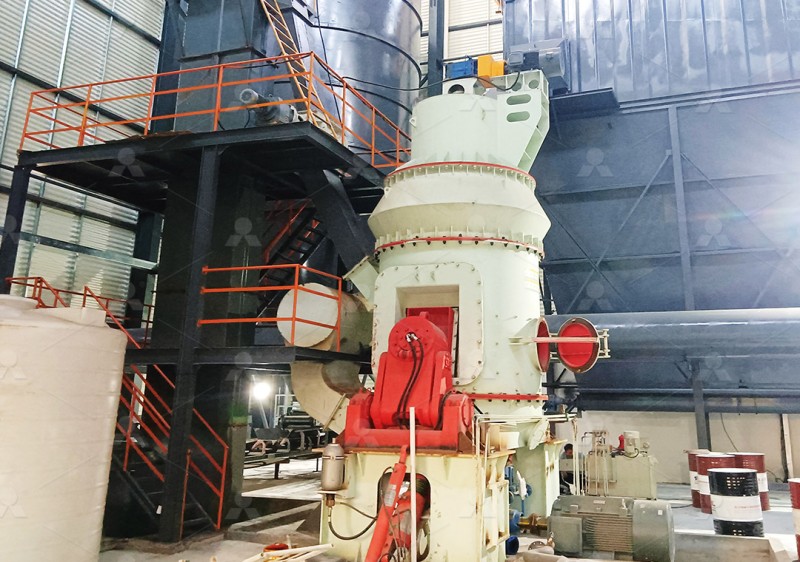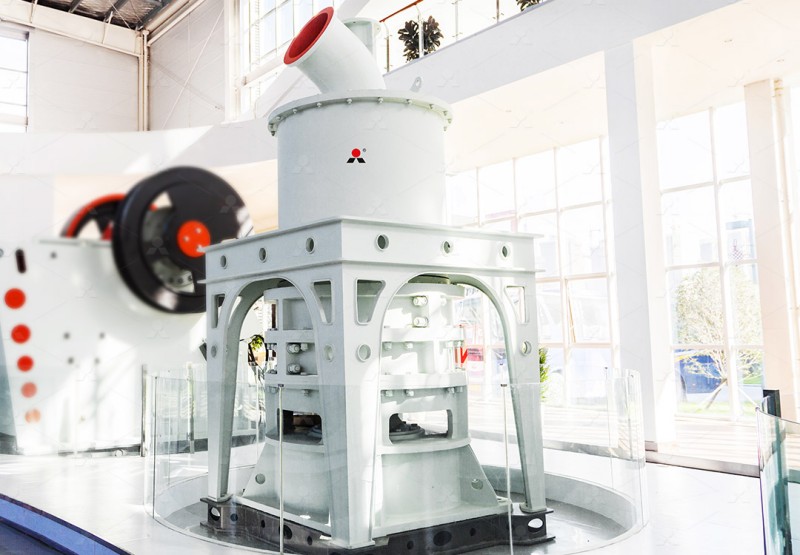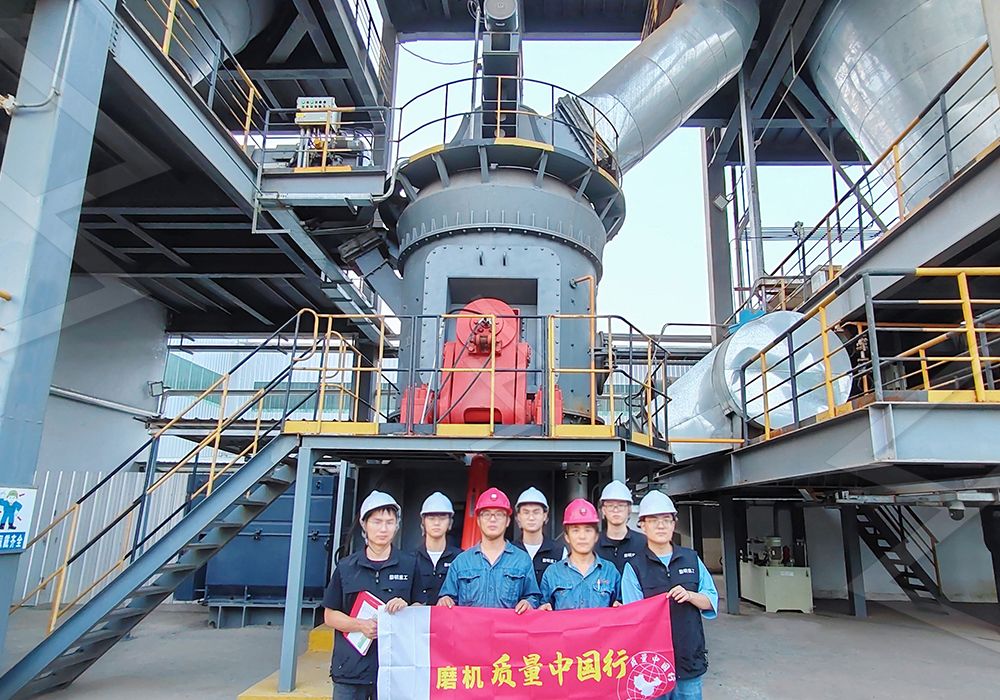Limestone Grinding Mill for Efficient Slag Powder Processing
Revolutionizing Slag Powder Production Through Advanced Grinding Technology
The construction and cement industries are increasingly turning to slag powder as a sustainable alternative to traditional materials, driving demand for efficient processing solutions. Converting industrial by-products into valuable resources requires specialized grinding equipment capable of handling the unique characteristics of slag materials while maintaining operational efficiency and environmental compliance.

The Critical Role of Proper Grinding in Slag Utilization
Slag powder, particularly from steel production, possesses cementitious properties that make it ideal for concrete production when properly processed. The grinding process must achieve specific fineness levels while maintaining the material’s chemical integrity. Traditional grinding methods often fall short in terms of energy efficiency, particle size distribution control, and environmental impact.
Modern grinding solutions address these challenges through innovative engineering. The transformation from coarse slag to fine powder requires equipment that can handle abrasive materials while minimizing wear and tear. Additionally, the grinding process must accommodate varying moisture content and chemical composition without compromising output quality.
Advanced Grinding Solutions for Superior Performance
Among the available technologies, the MW Ultrafine Grinding Mill stands out for slag powder processing applications. This advanced system handles input sizes up to 20 mm with capacities ranging from 0.5 to 25 tons per hour, making it suitable for various production requirements. The mill’s design specifically addresses the challenges of ultra-fine powder production while maintaining operational efficiency.
The MW series incorporates several technological innovations that benefit slag processing. Its newly designed grinding curves for rollers and rings enhance grinding efficiency significantly. Compared to conventional systems, this mill delivers 40% higher production capacity with the same power consumption and fineness requirements. The energy savings are substantial, with system consumption reduced to just 30% of jet grinding mill requirements.

Key Technical Advantages for Slag Applications
One of the most valuable features for slag processing is the adjustable fineness capability between 325-2500 meshes. The German-engineered cage-type powder selector ensures precise separation, achieving screening rates of d97≤5μm in a single pass. This precision is crucial for meeting the strict specifications required for high-value slag powder applications in construction materials.
The mill’s internal design eliminates rolling bearings and screws within the grinding chamber, addressing common failure points in traditional equipment. This design choice prevents bearing damage and eliminates machine failures caused by loose screws. External lubrication systems enable maintenance without shutdowns, supporting continuous 24-hour operation that maximizes production throughput.
Environmental Compliance and Operational Safety
Modern grinding operations must address environmental concerns, particularly dust control and noise reduction. The integrated pulse dust collector system ensures no dust pollution occurs during operation, while silencers and noise elimination rooms maintain workplace comfort and regulatory compliance. The entire system operates according to national environmental protection standards, making it suitable for urban and sensitive locations.
For operations requiring even higher capacity, the LUM Ultrafine Vertical Grinding Mill presents an excellent alternative. With input sizes up to 10 mm and capacities of 5-18 tph, this mill incorporates the latest Taiwanese grinding roller technology and German powder separating technology. Its unique roller shell and lining plate grinding curve design prevents material lingering and repeated grinding, improving both efficiency and product quality.

Optimizing Production Workflow
Successful slag powder processing extends beyond the grinding mill itself. Proper system integration including feeding, classification, and collection components ensures optimal performance. The working principle involves motor-driven rotation through reducers, with materials fed centrally to upper turnplates and ground through multiple stages before separation and collection.
Digital processing technologies enhance precision throughout the manufacturing process. Numerical control machine tools handle cutting, bending, planing, milling, and painting operations, ensuring high precision particularly for core components. This manufacturing approach guarantees consistent performance and reliability across the equipment lifespan.
Frequently Asked Questions
What makes the MW Ultrafine Grinding Mill suitable for slag processing?
The MW Mill’s combination of high efficiency grinding curves, adjustable fineness control, and robust construction specifically addresses the challenges of slag materials. The absence of internal bearings and screws prevents common failure points, while the external lubrication system supports continuous operation.
How does the energy consumption compare to traditional grinding methods?
The MW Ultrafine Grinding Mill reduces energy consumption by approximately 70% compared to jet grinding mills and offers twice the production capacity of ball grinding mills with the same power input.
What fineness levels can be achieved for slag powder?
The system can produce powder ranging from 325 to 2500 meshes, with the capability to achieve d97≤5μm in a single pass through the advanced cage-type powder selector.
How does the equipment address environmental concerns?
Integrated pulse dust collectors prevent dust pollution, while silencers and noise elimination rooms reduce operational noise. The system operates under negative pressure to contain materials and meets national environmental standards.
What maintenance advantages does the design offer?
The external lubrication system allows maintenance without shutdowns, and the absence of internal bearings and screws eliminates common failure points. Original spare parts availability ensures worry-free operation.
